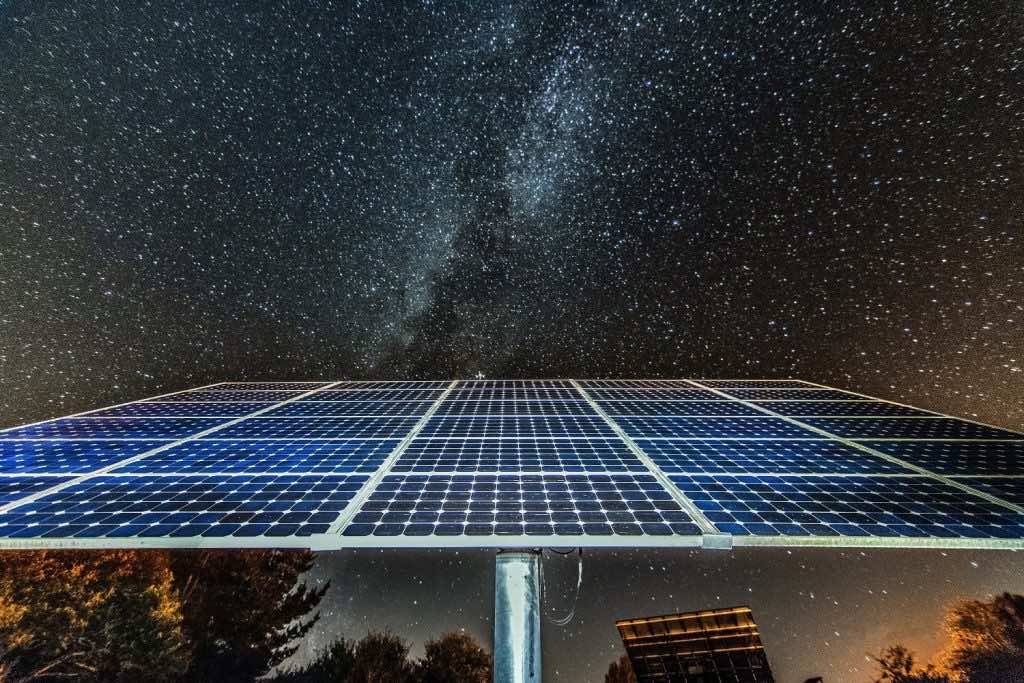Solar power can be generated when the sun’s rays strike a comparatively cold solar panel. The panel is made up of solar cells, which are plates of a semi-conducting material, commonly silicon. When light falls on this substance, it causes an electrical current to flow. Recently, a new form of solar panel that can produce power at night has been generated in California. Stanford University researchers have developed a photovoltaic (PV) cell that employs a process known as evaporative cooling to generate renewable power 24 hours a day, seven days a week. On clear nights, it functions by soaking up the heat emitted from the surface of the solar cells as infrared light toward outer space. The scientists achieved 50 mW/m2 of nocturnal power generation by integrating a thermoelectric generator onto a typical PV solar panel.
Zunaid Omair, a metrology engineer at Stanford University and one of the study’s authors, said “What we were able to accomplish here was create the entire thing with off-the-shelf equipment, have a very excellent thermal connection, and the costliest part in the whole system was the thermocouple itself.” The researchers seek to give a dependable and sustainable source of power to the approximately 750 million people worldwide who do not currently have access to power. According to the study, “our technology may be employed as a constant sustainable power source for both day and evening in an off-region.” “Providing electricity throughout the overnight in many rural regions reliant on mini-grid or off-grid technologies sometimes needs major extra battery storage deployment, which adds a huge network complexity.”
When directed at a starry night sky, the improved solar cell produced 50 milliwatts per square meter of electricity. This is only 0.04% of the energy output of a standard solar cell during the day. However, 50 milliwatts per square meter would allow low-power devices to work, such as a charging cable or a moderate LED light. “The good thing about this technique is that you have a direct power supply at night that doesn’t involve any rechargeable batteries,” Fan explains. Batteries may be costly and unreliable. They also consume a lot of energy to produce and, if not disposed of properly, can promote water and air pollution.
Although at night, solar cells may be beneficial in off-grid settings for specific low-power jobs, their present evaluation found that they will not be able to replace existing generation capacity. As a result, the possibility for large-scale power generation is relatively modest, says Ken Durose of the University of Liverpool in the United Kingdom. According to the research team, the configuration may be enhanced to create more electricity, and there are no inherent challenges in expanding the system to a consumer enterprise someday.

